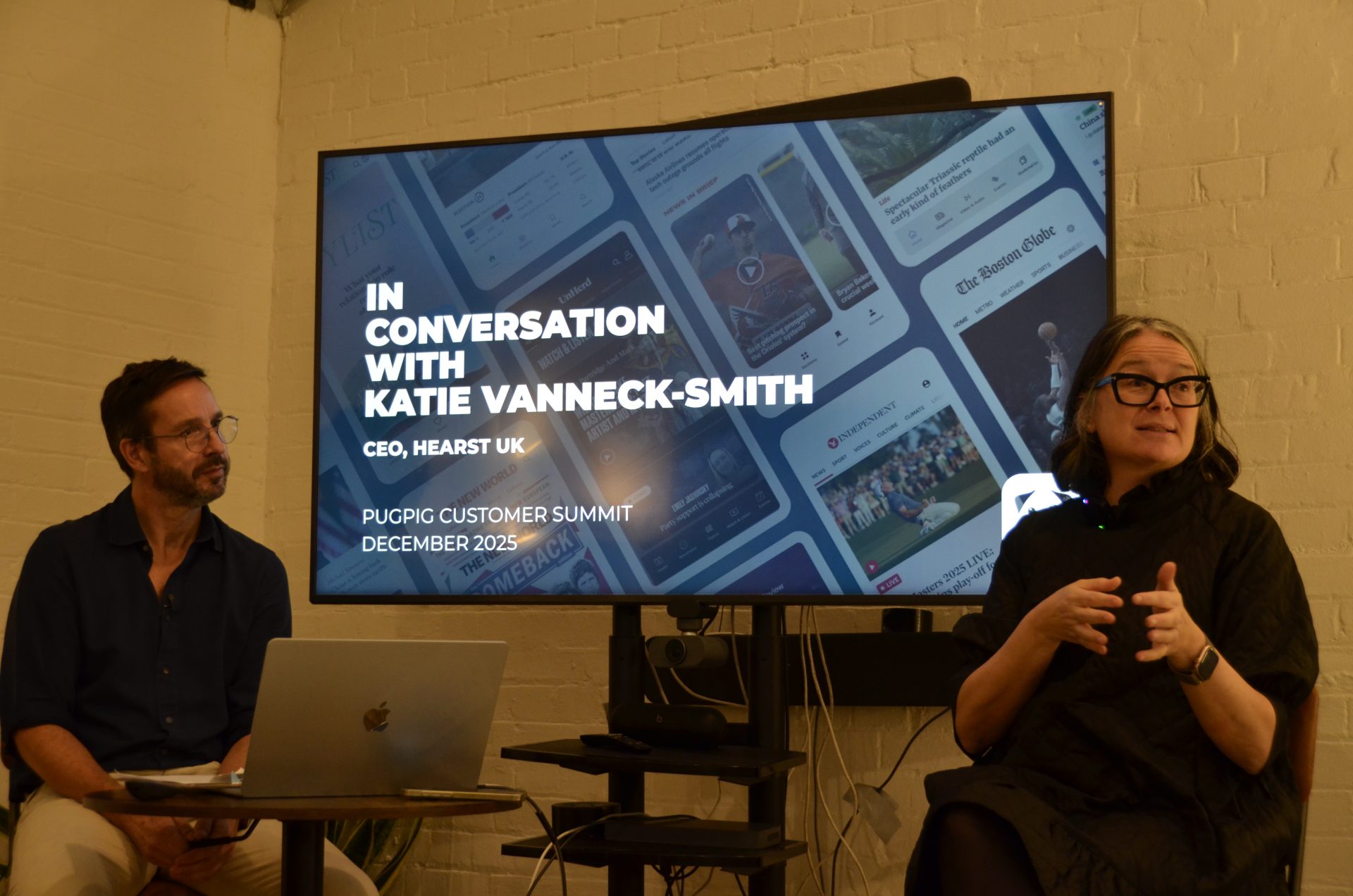
Newsletter
Newsletter
Publishers large and small are finding success with audio. We highlight ways to add audio to your product mix.
10th May 2024
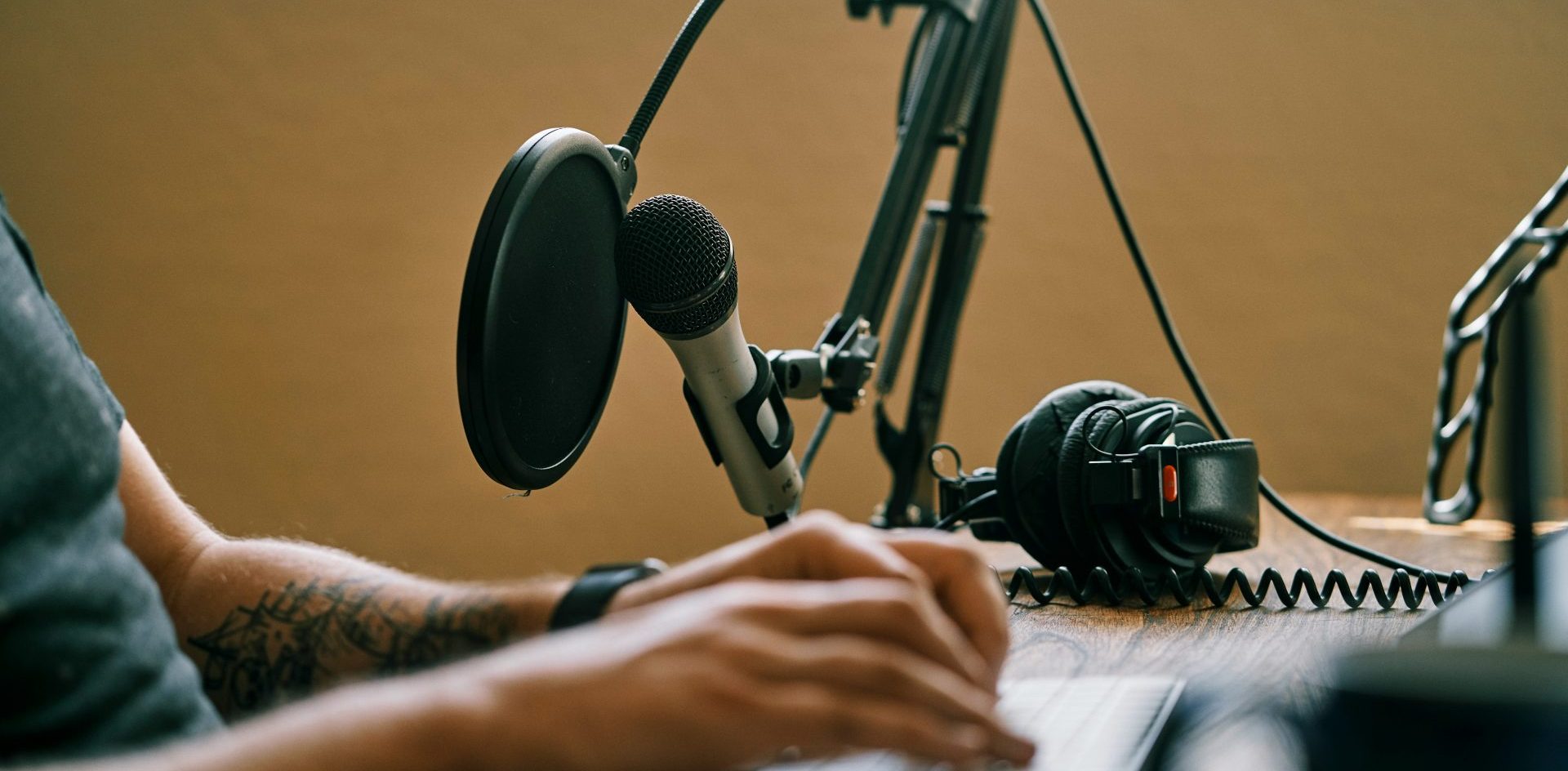
Here at the Media Bulletin, we often speak of the Push Era of media following the disasters of the Platform Era. This transition is still playing out as the Press Gazette highlighted that referral traffic from Facebook has halved to hundreds of news sites over the past year. Small news sites have been hit especially hard hit, with the social network now only accounting for 2% of referrals to more than 300 sites monitored by Chartbeat.
When we talk about the Push Era, we are referring to a suite of media products that audiences opt-in to receive – newsletters, podcasts and apps. These products have been essential as publishers shift from focusing on growing large rented audiences on social media platforms to developing direct relationships with audiences, the great anonymous-to-known shift that is the foundation of most successful, sustainable media business models.
While there has been consolidation in the podcast space, publishers have found their voice, audiences and business models with audio, as attendees of INMA’s recent world congress in London found.
“We are very confident what we’re doing in audio has tremendous value, and we should look at ways of not pumping it out into the Internet for free,” John Shields, director of podcasts at The Economist, told INMA attendees.
The Economist took an early dive into podcasts, launching its first one in 2005 and getting it pre-loaded on Apple’s iPod. Now, their podcasts have 5m monthly listeners. After reviewing their podcast products in 2022, they launched a subscription offering, Economist Podcasts+.
As with so much in media right now, they had to find their niche. One of The Economist’s strengths is understanding very clearly the ways in which its brand is distinctive, and this is demonstrated by its management podcast, the Boss Class, which is in line with both its brand and its audience’s interests.
Even with a history of successful podcasts, The Economist was apprehensive about putting all but one of its podcasts behind a paywall. Since launch, Shields said they now have the data that people are listening to them and signing up for subscriptions.
At Prospect magazine, podcasts and a new app (from Pugpig) are a key part of its high-engagement strategy. Their data shows listeners download 50,000 podcasts a month, and they have an “85% listen-through rate”, CEO Mark Beard told the Press Gazette.
Prospect is not the only publisher to see deep engagement with its podcasts. Tortoise Media has found that people are more willing to listen to long-form audio than they are to read long-form written pieces. When Tortoise launched in 2018, the “slow news” publisher focused on text-based journalism, producing about five, in-depth pieces a day.
“But the engagement wasn’t what we wanted it to be. People were reading the stories but not reading them through. They’d get maybe halfway and then click away,” Jessica Winch, Tortoise’s news editor, told INMA study tour attendees.
They have since pivoted to an audio-focused content strategy because that gave them the level of engagement they wanted, with completion rates as high as 90% for some of its podcasts. And viral hits like Sweet Bobby, a series about a prominent catfisher, deliver huge audiences, with more than 12m downloads.
More than 90% of listening happens off-platform on Apple’s podcast app or Spotify. Unlike social media audiences, which proved difficult for publishers to monetise, Tortoise has built sustainable revenue streams around its content through subscriptions, advertising and sponsorships, Alice Sandelson, commercial strategy director, said.
Audio is also playing a role in the bundling strategy of large-scale, premium publishers. We have often spoken about The Economist and the Financial Times sampler apps, which offer subscribers a curated selection of stories each day at a lower price point than a full subscription. For some, it will be sufficient and sufficiently affordable, but the publishers hope the apps will act as a step in their full-price subscription funnel. But either way, the publishers capture additional revenue.
The Economist’s podcast subscription package is another element of this strategy. For full-digital subscribers, the podcasts are another benefit of their growing bundle. “(O)ver the last few years where we’ve been increasing the amount of things that are included in your subscriptions. We’ve put all of our newsletters behind a paywall. We now do subscriber-only events. We’re just increasing the amount of value and the amount of things to engage with,” Claire Overstall, SVP, Global Head of Customer at The Economist, told Esther Kezia Thorpe at Digital Content Next.
The podcast-only subscription is another way that people can get Economist content and support their journalism. Premium subscription businesses like The New York Times, The Economist and the FT use low-cost products such as The New York Times Cooking subscription, curated apps or audio-only subscriptions to open up their funnels to acquire new paying customers.
Just as some publishers have a mix of free and subscriber-only newsletters, The Economist kept its daily podcast, The Intelligence, free. One of their success criteria for the podcast subscription project was that they wanted continued audience growth for The Intelligence so they could keep the top of their conversion funnel filled. Publishers are increasingly sophisticated in the product and pricing mix that fuels their audience and revenue growth.
Technology is making it easier for audio publishers to provide a seamless experience for subscribers. With the launch of iOS 17 in September 2023, Apple introduced the ability for users to link their subscriptions from publishers to paid content in its Podcasts app. It provides another way for publishers to get on the lock screens of mobile audiences and helps them connect with a younger audience that skews female, Overstall said.
Mobile audio innovation is providing novel features for publishing apps. The Independent is one publisher that uses Amazon’s Polly text-to-speech service to provide audio versions of their stories, which users can queue up using the native mobile audio players when they’re on the go. The New European takes text-to-speech in a different direction. Instead of relying on AI-powered services like Polly, they have their journalists read their pieces, which connect their journalists more directly with audiences.
From Pugpig data, audio is a format that engages a minority of app audiences, but it engages those audiences deeply. Research from our soon-to-be-released State of Mobile Publishing report found that audio listeners spend 9x more time in the app than non-audio users.
Audio can be a great addition to increase engagement with app users and mobile audiences in general. It can also be a great standalone or bundled product. No matter how you package it, integrating it into your overall content strategy, especially other high-touch push products like your app and newsletters is key to success.
Here are some of the most important headlines about the business of news and publishing as well as strategies and tactics in product management, analytics and audience engagement.

Newsletter
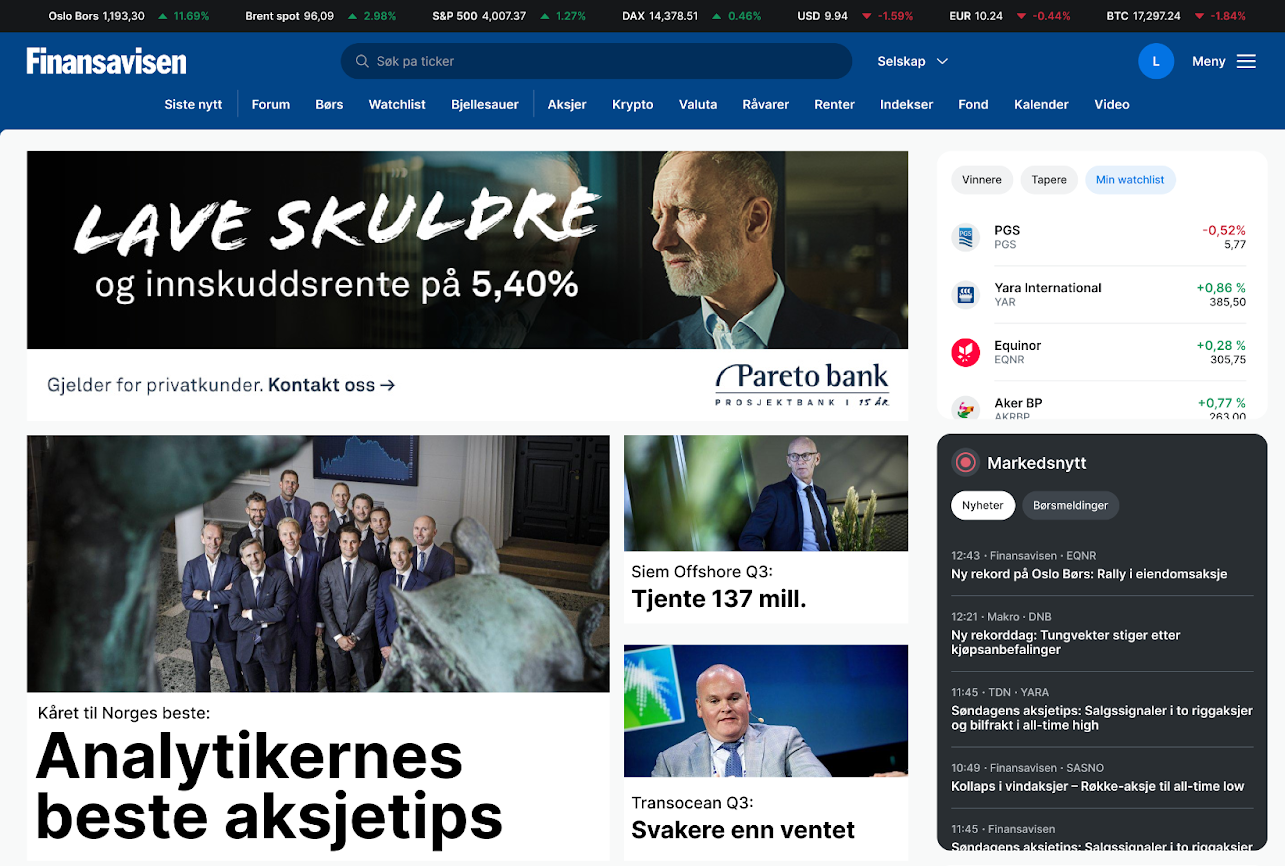
Newsletter
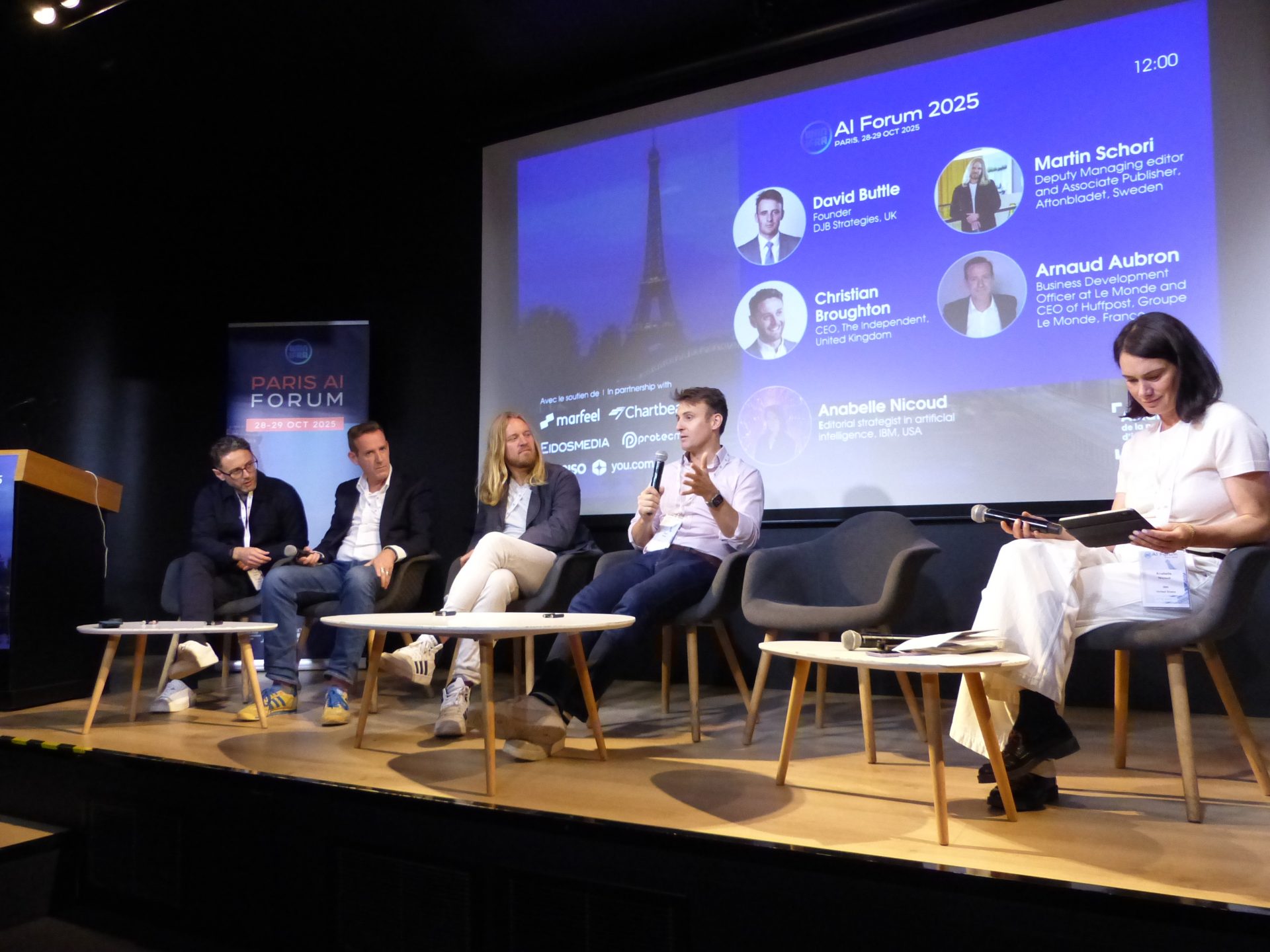
Newsletter
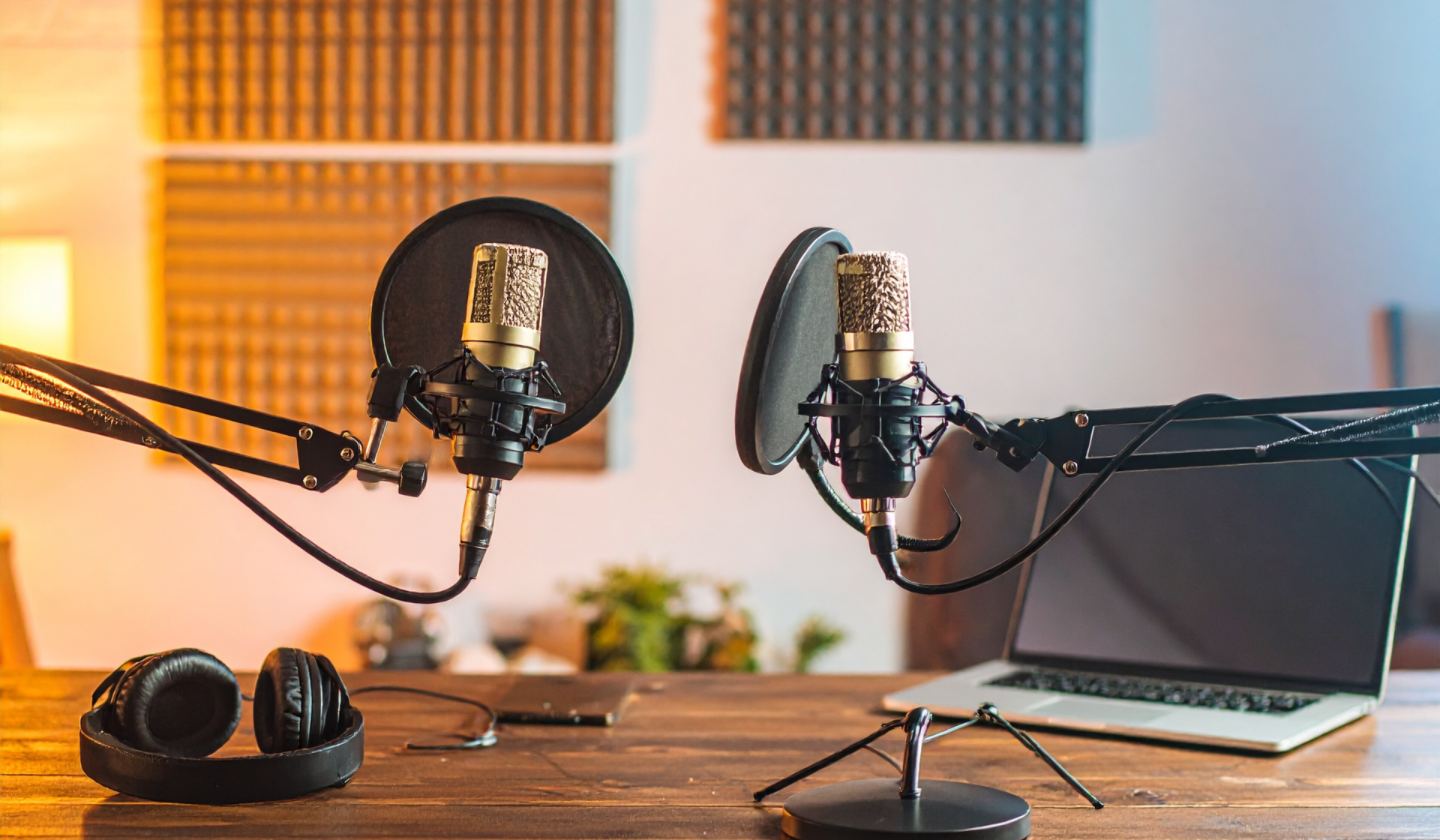
Newsletter
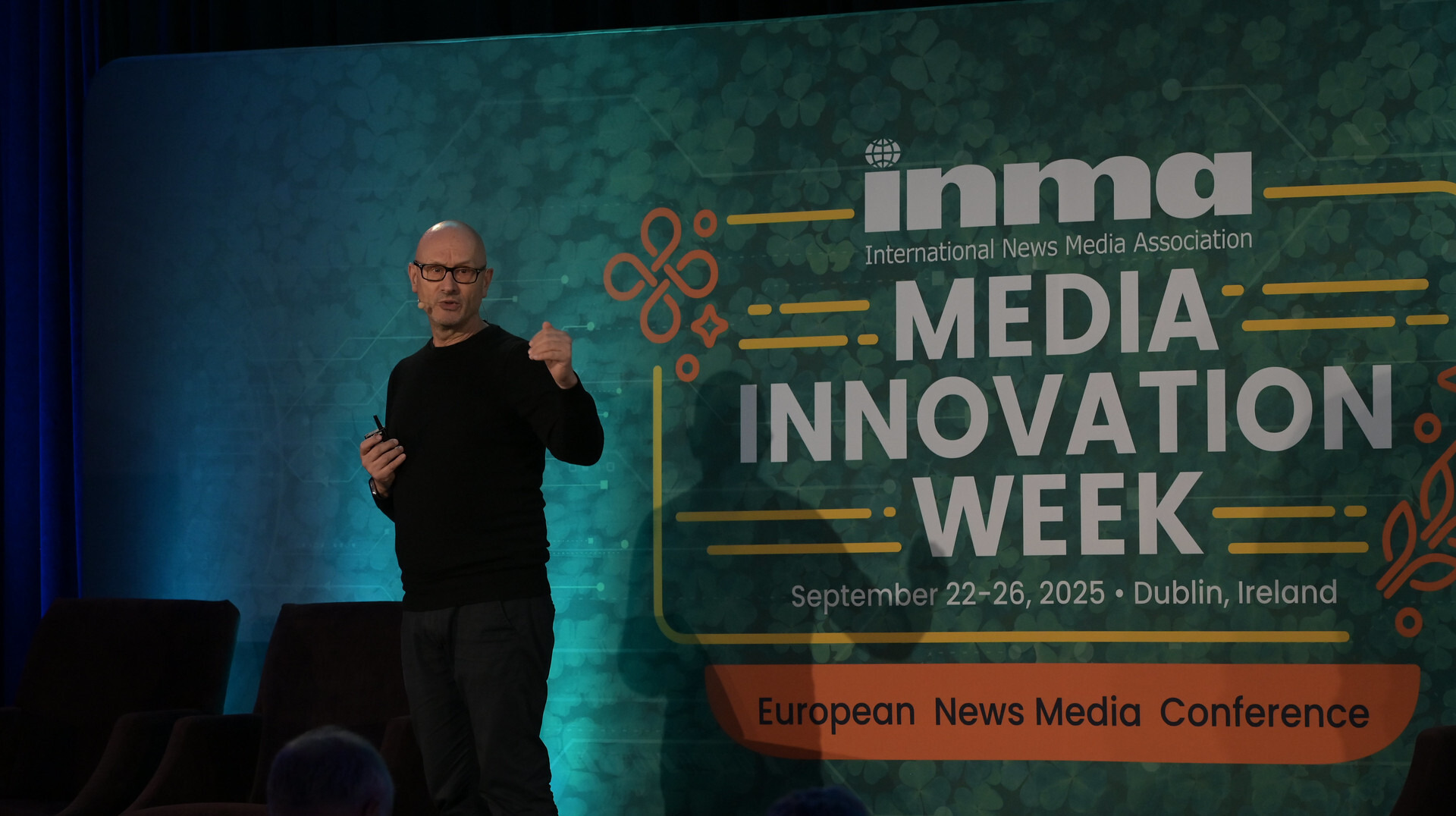
Newsletter